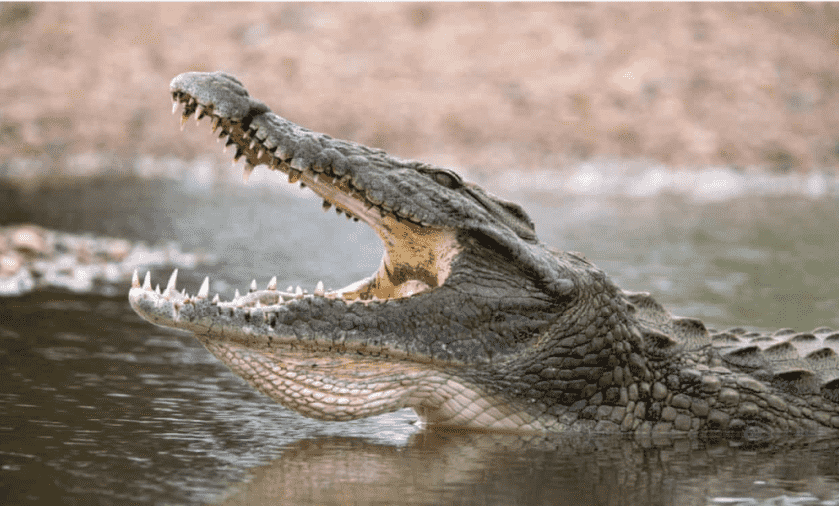
Everybody dies. That’s an easy thing to digest in the abstract. When you’re young, fit, and healthy it is often even comical. However, when the situation grows dire all that comedy is excised. Having seen my share I have been surprised at how many folks, even really old people, find the event so unexpected. Death is a big deal, and it warrants a little forethought.

The average life expectancy in America is 78.57 years. We all presume we will drift off quietly in our sleep and be too old to care. However, death comes for many in much darker more sordid ways.
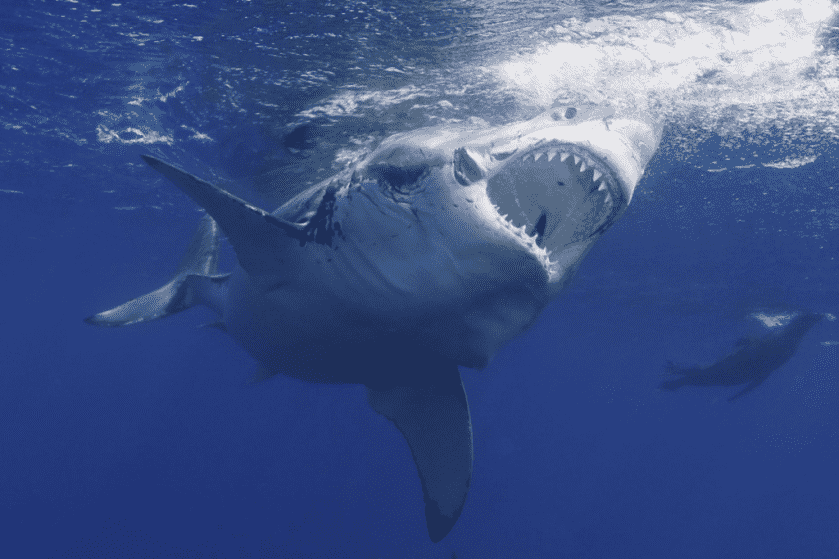
There is little more viscerally horrifying than the prospect of being eaten alive. Getting gobbled up by some massive predator would actually likely be faster and less agonizing than a lot of the other alternatives. However, on a primal level, most folks just don’t want to end up as food. For several hundred Japanese grunts pulling garrison duty on an obscure island in the South Pacific in 1945, however, their gory demise was indeed extra horrible.
The Setting

The Imperial Japanese Army captured Ramree Island, a 520-square mile landmass off the coast of Rakhine State in what is today known as Myanmar, in 1942. The island is separated from the mainland by a narrow strait that averages a mere 150 meters across. For three years this Japanese garrison saw little to no action. In January of 1945, however, they would earn their combat pay.

In 1945 the garrison consisted of around 1,000 men assigned to the Japanese 54th Division and commanded by one Kanichi Nagazawa. On 21 January a flotilla containing the battleship HMS Queen Elizabeth, the escort carrier HMS Ameer, the light cruiser HMS Phoebe, and three British destroyers opened up on Japanese artillery positions established in caves overlooking the proposed landing beaches. This armada was supported by American B24 Liberators, B25 Mitchells, and P47 Thunderbolt fighter bombers.

By this point in the war, the Japanese were most typically staging their primary defenses inland in-depth, so the assault force landed essentially unopposed. The real chaos would come later. Two small craft struck mines, but the invasion itself was otherwise uneventful. As the Indian troops under Brigadier RD Cotterell-Hill advanced, however, the Japanese defenders put up a spirited fight.

A joint force comprised of Indian Infantry along with Royal Marines outflanked the Japanese positions, rendering them untenable. In response, the Japanese defenders fell back intending to join a second, larger element on the opposite side of the island. To do so, however, these battle-weary Japanese troops had to traverse 16 kilometers’ worth of fetid mangrove swamp.
Like a Bad Movie

By the time the Japanese defenders struck out into the swamp, the British had the entire area surrounded. Realizing the plight of the defenders to be hopeless, the British addressed the retreating men via loudspeakers entreating them to surrender. Alas, the Japanese during WW2 didn’t do a great deal of surrendering. The stage was set for Something Truly Horrible. A British soldier named Bruce Wright who later became a naturalist of some renown described the proceedings thusly—

“That night [of 19 February 1945] was the most horrible that any member of the M. L. [motor launch] crews ever experienced. The scattered rifle shots in the pitch black swamp punctured by the screams of wounded men crushed in the jaws of huge reptiles, and the blurred worrying sound of spinning crocodiles made a cacophony of hell that has rarely been duplicated on earth. At dawn the vultures arrived to clean up what the crocodiles had left….Of about one thousand Japanese soldiers that entered the swamps of Ramree, only about twenty were found alive.”
The Weapons
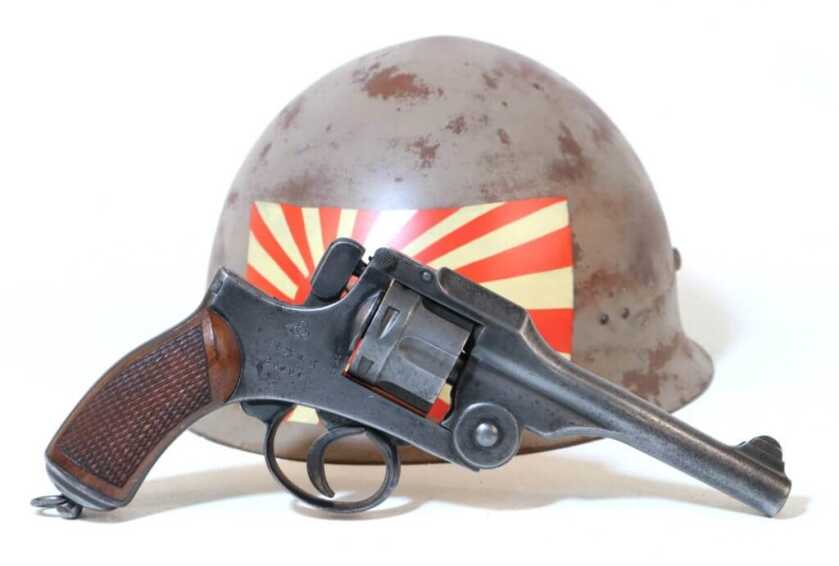
The Japanese fought World War 2 with what were arguably the best and worse Infantry weapons in the world. The Type 26 revolver and Type 94 pistol were inexplicably wretched. Though the Type 26 was meticulously well crafted, there was no positive cylinder stop to keep the cylinder properly indexed. Bumping the gun could rotate the cylinder such that the next shot might fall over an empty chamber.

The Type 94 is universally extolled as the worst combat handgun in military history. The grip tapers down so it feels like it is going to squirt out of your hand when you grasp it tightly. The magazine floorplate is not positively retained, so it can slip off and spill the contents of the magazine out of the butt. Most importantly, the transfer bar is exposed on the side of the gun. This means a good squeeze on the side will fire the weapon without the trigger having been touched. The same result can be elicited by setting the gun down vigorously on an uneven surface. Wow.

Japanese machineguns were heavy, reliable, and beautifully crafted. However, they used three different cartridges, two of which looked pretty much the same on the outside. The logistics of trying to keep all those guns fed across the vast Pacific theater would be unimaginably daunting. The Type 99 rifle, however, was a superb example of the military art.

In 1939 the Japanese designed a new bolt-action service rifle to replace the previous Type 38. They found that the 7.7x58mm Arisaka cartridge used in their machineguns was vastly superior to the 6.5x50mm round fired by the Type 38. The Imperial Japanese Army simply adapted the proven Type 38 design to fire the new round. Ultimately some 3.5 million copies were produced at nine different arsenals.

The Type 99 was produced in four distinct variants. The most common was the Type 99 Short Rifle. A limited production Type 99 Long Rifle was fielded as well. Additionally, there was a Type 99 Sniper variant equipped with a fixed-power optic. One version incorporated an offset optic mount and straight bolt handle that would accommodate stripper clips loaded from above. A second variant had a bent bolt and a centerline scope mount that necessitated rounds be loaded one at a time. There was a takedown paratrooper version of the basic rifle as well.
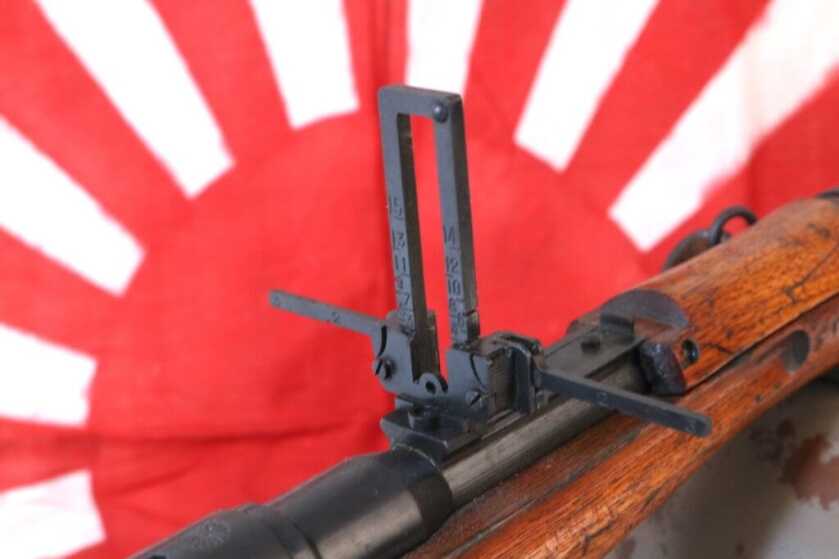
The Type 99 was the first mass-produced Infantry arm to include a chrome-lined bore for use in fetid jungle climes. Early versions of the Type 99 were meticulously executed with a variety of curious ditzels of dubious tactical utility. The first marks featured a pressed steel action cover, a flimsy folding wire monopod, and a bizarre antiaircraft sight with fold-out wings. This contrivance was intended to help Infantrymen on the ground determine proper lead for enemy aircraft crossing laterally. All of this stuff was deleted from production by the end of the war.

The safety on the Type 99 was a meticulously knurled knob located on the rear aspect of the bolt. To manipulate this device, one would press inward with the palm and rotate the knob 1/8 turn. This design seems clumsy when compared to the simple safety lever of the British Lee-Enfield or German Mauser designs.

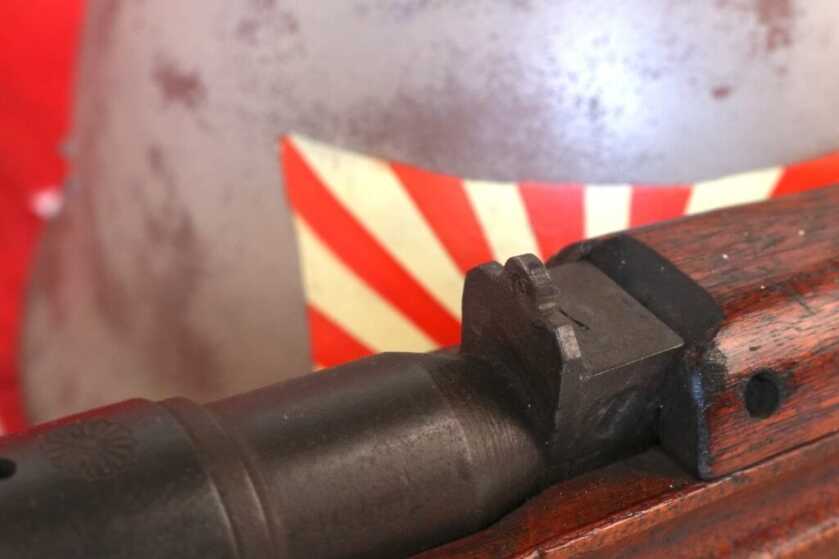
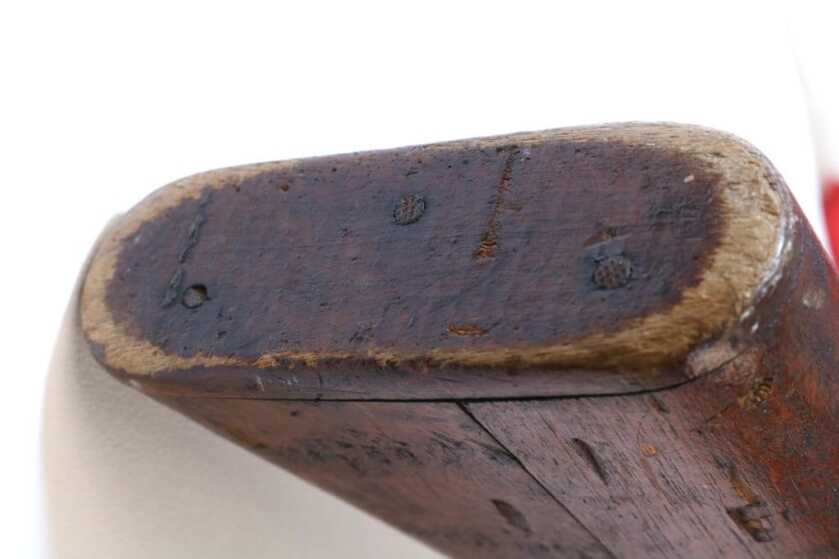
As the war progressed and the full force of the massed B29 raids took their toll on Japanese industry the quality of the Type 99 rifle dropped off precipitously. These late-war versions were known as “last ditch” rifles. Such crude examples typically had no finish on the steel, rough tooling marks, and a simple fixed aperture rear sight. The oversized safety knob was left rough and unfinished, while the crude wooden buttplate was held in place via nails rather than screws. Many of these late-war rifles used a length of hemp rope in lieu of a sling as well.
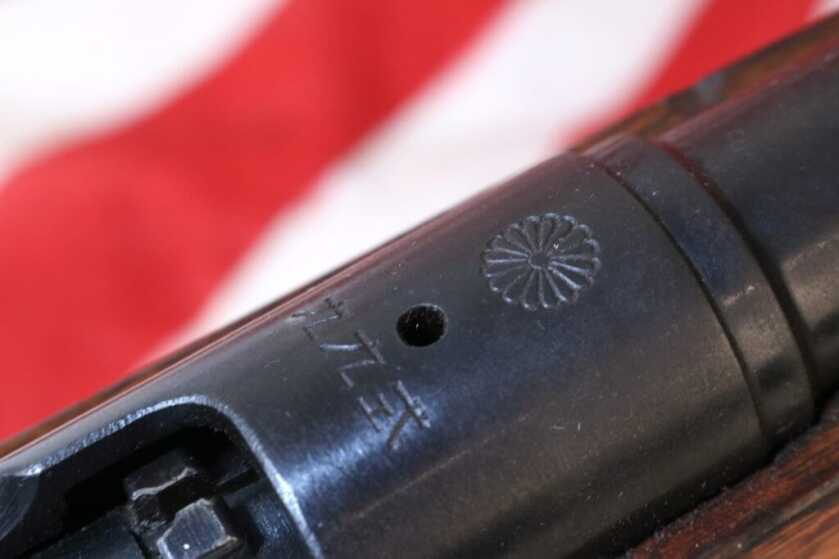
Each Type 99 rifle included a chrysanthemum engraved on the receiver ring signifying personal ownership by the Emperor. Many to most examples sold today have had the mum ground off as a sign of respect for the defeated monarch. I have read that General MacArthur himself mandated this practice in an effort at smoothing out the occupation. Examples with intact mums command markedly higher prices as a result. Tests conducted by the NRA after the war comparing bolt-action rifles showed the Japanese Type 99 to be the strongest action used by any combatant nation during the conflict.
Aftermath

The numbers are disputed, but the generalities are reliable. The battle went on for six weeks. Of roughly 1,000 Japanese troops who retreated into the swamp, some 500 made it across the waterway to the mainland. Another 20 were captured. The rest were consumed by the island. Some likely succumbed to sharks while crossing to the continent, while others undoubtedly fell to British fire and disease. A not insubstantial number, however, were indeed eaten by crocodiles.

Around 1,000 people each year are estimated to succumb to crocodilians of all species today. The saltwater crocs endemic to Ramree Island in 1945 would have reached twenty feet or more and weighed some 2,000 pounds.

The Guinness Book lists the carnage in Ramree Island’s mangrove swamps as the worst example of crocodile predation on humans in history. There were 500 or so troops who remained unaccounted for that night. Theirs was an undeniably ghastly end.

Special thanks to World War Supply for the cool replica gear used in our photographs.

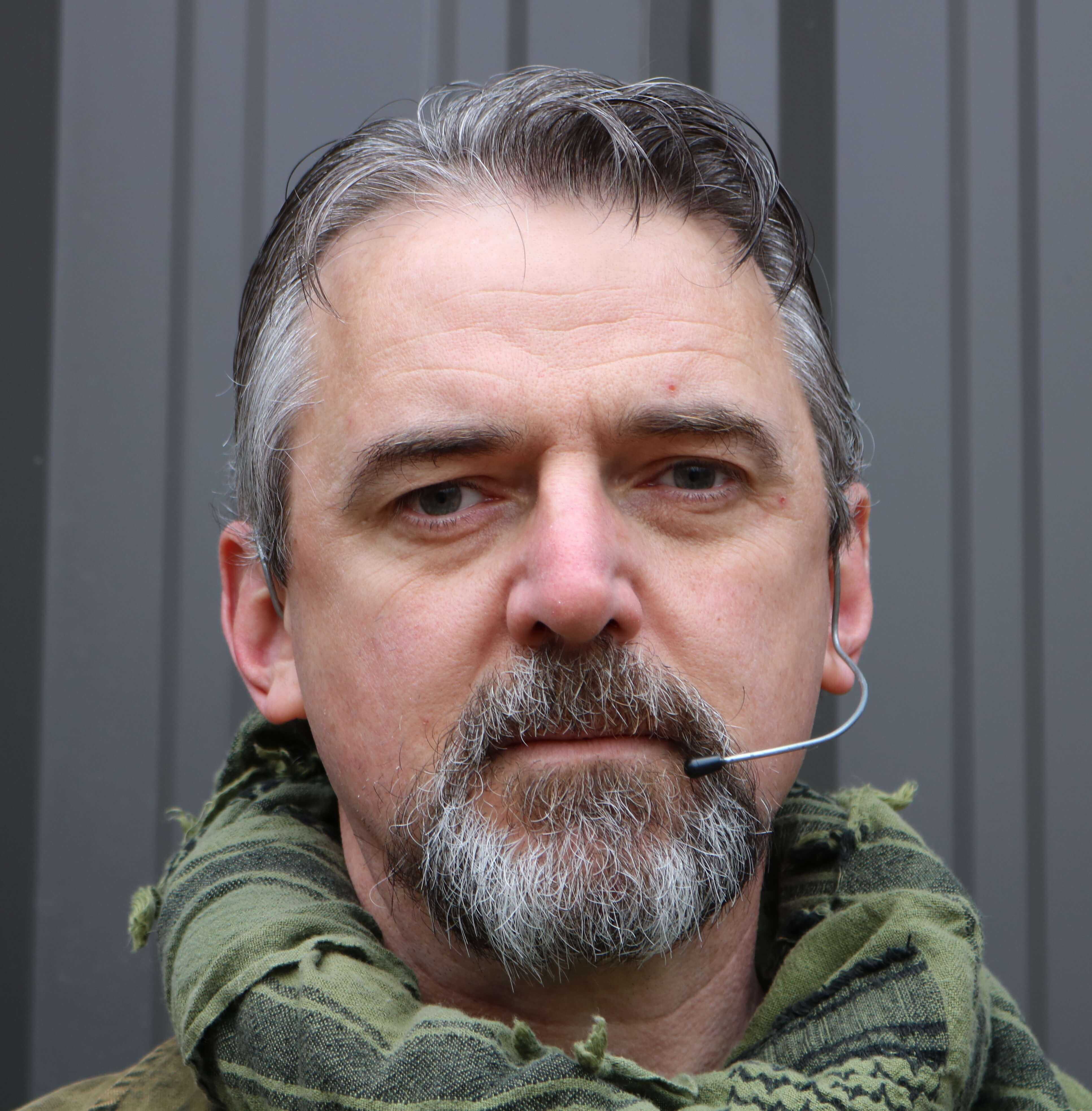
Dr. Dabbs you have a fear of venomous snakes in your pond etc., Mississippi has some of the largest carnivores in North America as does Texas, Louisiana, Alabama, Florida And South Carolina. Not polar bears, not grizzle bears or even Kodiak bears but alligators who like still water ponds.
The Native American wildlife rehab/zoo close to alligator highway, not far from Fort Myers, has a dinosaur they call an alligator. It’s 20 feet long (would not like to be the guy with the tape measure) and has spikes all over. But these spikes are 6″ to 8″ tall !! He(don’t know who got to check this out, low man on the totem pole) said he wrights 2000+ pounds, his mouth side to side (widest at the back) measures about 24″ . So Your fear of what comes out of your pond might become a lot of pairs of cowboy boots not just a belt.
There is a Native American wildlife rehab/zoo near Alligator Highway close to Fort Myers, that have the largest carnivore in North America. It’s not a polar bear, grizzle bear or even a Kodiak bear, its a 21′ alligator that weighs about 2000 lbs.. It has spikes all over it’s body, like all other alligators but these are like 6″ tall !!. Its a dinosaur with a round like snout and the width of its jaws from side to side is easily 24″ .
They are our neighbors living in Texas, Louisiana, Florida, Georgia, South Carolina and MIssissippi !
So Dr. Dabbs compared to alligators, your fear of cotton mouth moccasins is reduced to mosquito bites. There is Zika and West Nile virus to deal with but your a doctor. Just beware your pond could become Jarazic Park or train to be Crocodile Dundee not James Bond. Even though Roger Moore did run across a bunch of crocodiles in one of the worst Bond movies ever.
I’ve read crocs and gators kill then stuff their meal into mud or such to rotten up a bit before eating. Easier to swallow when you can’t chew, dontchknow. I wonder if the Japanese tasted better the second day?
i wonder if the crocs were hungry an hour later.
You’re thinking Chinese, not Japanese.
Sir: After the war the armories of Japan were opened to Americans of the occupation. To distinguish between captured battlefield rifles and the rifles of the armories, the armory rifles had the emperor’s Chrysanthemum ground off.
I also have heard the internet rumors about poorly- heat treated late war rifles being dangerous to shoot. I don’t believe them for several reasons. The rumors may have started over attempts to fire captured drill rifles that were never intended to be fired by recruits in training. It was true that the bombing campaign was having the desired results in forcing weapons to be made more and more piecemeal as cottage industries, but the arsenals were most assuredly not making dangerous guns to put in the hands of their revered troops. But more importantly, to have produced an intentionally defective or dangerous weapon that would bear the devine chrysantemum of their living god would have been an unbearable sacrilege.
Ditzels?
Something similar happened to American forces just after this incident and is my favorite scene in the movie “Jaw’s”! The ship the USS Indianapolis was slammed by two torpedoes and the boat went down in 12 minutes! No distress signal had been sent because their mission was top secret. They had just dropped off the Hiroshima bomb and they were on their way back. To quote Robert Shaw in the movie “ 1,100 men went into the water, 365 made it out! Sharks took the rest, June the 12th 1945!” I might not have gotten the quote right but some 700 plus sailors were eaten alive by sharks over a two week period floating around in life jackets! At least with the Jap’s their misery was over a lot quicker!
To enjoy fully the fate of these hapless Japs, one only has to read Iris Chang’s “The Rape of Nanking”. I read; I enjoyed. I joined the Marines in October 1954 at age 17,
I have a Type 99 with the mum still in place. A souvenir my great uncle returned with. The bolt number does not match the rifle number. I have been told that soldiers had to surrender the bolts when boarding ship to return. All bolts were thrown into a bin and when you left the ship you got a bolt. Not necessarily the one that went with the rifle. The head space on mine is not right and when I test fired it the cases bulged at the bottom so I don’t dare shoot it. Is there any truth to this story about surrendering bolts? If so wouldn’t it be great if there was a web page to list yours and get them mated back with the proper rifle?
I think you may find that your rifle is fine to shoot. They had generous chamber dimensions to compensate for sand in battlefield conditions. Slight egg-shaped fired cartridge cases were common because of this. Mine is a battlefield trophy bring-back with intact chrysanthemum and has this issue. It shoots into 1 inch at 50yds with my reduced handloads. Use 303 British .310 dia bullets and a reduced load it likes and enjoy it. I am thankful I never had to face this rifle on a Pacific island. It was made in Toyo Kogyo Arsenal in Hiroshima in Late summer 1944. It could have been captured at Pelileu (9/44) or more likely Iwo Jima (2/45) or any of the later battles. Toyo Kogyo closed their doors unexpectedly on the morning of August 6 1945, but were over a slight hill from ground zero and survived the atomic blast. They later became Mazda Motors. I wish I knew the story this rifle could tell.
Another outstanding article by Dr. Dabbs, thank you and keep up the great work.
As far as the dead Japs are concerned, good riddance to bad rubbish. The more dead Japs the better and the suffering is on them for not surrendering, and considering the atrocities they committed during the war, they will get no sympathy from me. My father IS a WWII Vet and the less Japs to try and kill Americans.
Back in the 70’s a pal and I were camped in the everglades during one of our many exploratory excursions. We were packing out when a momma gator and a large count of her 12 inch babies passed thru the bush in front of us. Being heavily intoxicated and fearless we decided to snatch a few baby gators. So off we went trampling the high grass chasing the little critters without any idea or concern where momma gator was.
We managed to grab 2 without being eaten by momma gator and put them into a beer cooler for the 3 hr drive home. Once home we showed our kids what fearless hunters we were and after getting bit by these aggressive babies my wife said get rid of them. Even as babies these creatures have strong jaws and well developed teeth.
So after a few days I drove to a nearby canal and released them. Today alligators are living less than 500 ft from my front door, in flood control canals living off birds, cats, and occassional dogs. A few decades ago a hiker had stopped to rest along a pathway adjacent to a flood control canal and quickly became lunch for a gator. They live eat and eat to live and are forever hungry.
I first read this story in a ‘Reader’s Digest’ paperback near the end of my High School years in 1980. It shocked & scared the hell out of me!…just like( JAWS) did back in ’74!
I vowed to NOT join the Marines or Navy and joined the Army Mechanized Infantry/Armor instead! No wading through saltwater marshes and swamps for me! :-/
Tell me about it, I was born with a deep, deep phobia of water that I can’t see the bottom of, and seeing Jaws in the 70’s cemented that phobia for good. I won’t go into water that isn’t crystal clear and I can see to the bottom of to this day, so no Marine Corpse or Navy for this guy, but I am willing to jump out of a perfectly good airplane, so it was Airborne Infantry for me.